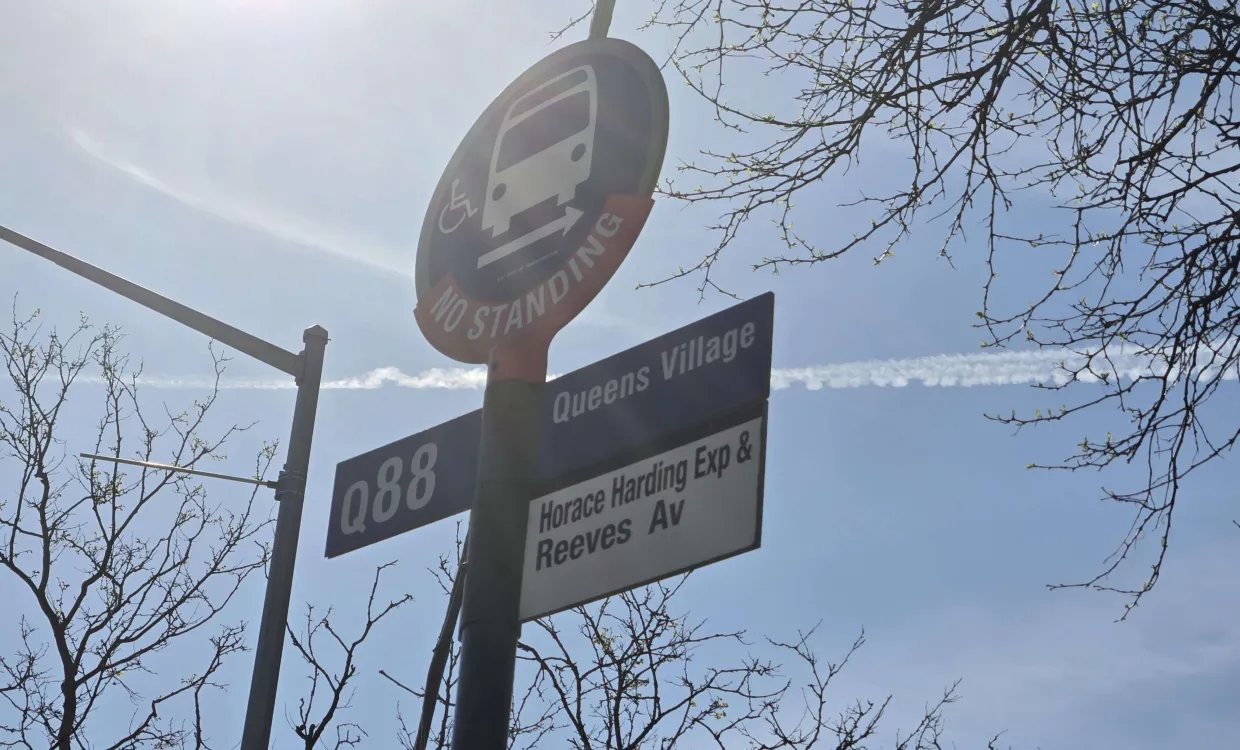As a commuter school situated relatively far from most subway lines, hundreds of Queens College students rely on the MTA’s bus offerings to get to and from campus every day. From the east and westbound Q88 to the horde of buses serving Kissena Boulevard, like the Q17, Q25 and Q34, QC’s commuting population relies on these services to be reliable, consistent, and efficient.
For the past few decades, changes to the MTA’s Queens serving buses have been exceptionally rare and slow. This summer, however, big changes are on the horizon — the MTA seeks to redesign many of the bus lines within Queens.
Phase one of the bus network redesign is slated to take place this summer on June 29th, while phase two will be implemented later on Aug. 31st.
The MTA’s information website, which documents planned changes, states:
“This project is part of our larger effort to modernize New York City’s bus network and improve bus service borough by borough. We are taking a fresh look at the bus network, with the goal of meeting customers’ priorities: more reliable service, faster travel, better connections, and ease of use.”
One of the motivations behind the MTA’s redesign efforts is to better serve communities with an equity-based approach. As a part of this approach the MTA took into account locations where historically marginalized or disenfranchised people reside, and determined where improvements are most needed.
In their Proposed Final Plan Addendum in December 2024, the MTA states, “The planning process has been informed by equity from the start of the project. The MTA’s team extensively studied demographic characteristics and equity areas of concentrated need in the Existing Conditions Report. The MTA’s approach to equity expands beyond the federal requirements of Title VI of the Civil Rights Act of 1964 (Title VI), examining a broader set of socioeconomic indicators.”
This project will hopefully work to make buses more reliable and accessible in areas that are currently underserved.
But this leaves some questions. For one, what exactly are some of these changes and how will they impact commuters going to and from QC?
Firstly, some of the easiest changes to point to are the alterations to existing routes. Many of these take the form of stop removal, which, according to the MTA, is supposed to increase bus speed and the reliability of the modified routes. The removal of stops is a common trend among many of the routes being redesigned, with a focus on balancing the distance between remaining stops.
Some quick examples of changes relevant to QC commuters, include the Q88 no longer serving Reeves Avenue eastbound or Parsons Boulevard westbound, and the discontinuation of limited variants for the Q17 and Q25. But the changes aren’t necessarily just about altering existing bus lines. Some lines like the Q34 that serve Flushing and College Point are being removed entirely.
However, these more radical decisions such as removals do not appear to be made haphazardly. The altered Q25, Q20, and Q61 lines are meant to alleviate concerns over the Q34’s removal. In theory, if the MTA truly achieves its goals of increasing speed and efficiency, the need for limited bus lines in some cases like the Q25 and Q17 may be diminished.
This bus network redesign has been in the works for the past several years, starting as far back as April of 2019 when the project launched. After over six years of planning, outreach, and a pandemic-induced pause, the redesign is finally approaching implementation.
As of the winter and spring of 2024, the MTA has conducted five meetings with labor partners, 22 community board presentations, 22 stakeholder meetings, 18 pop-up events, five open houses and one MTA public hearing across the borough to inform their decisions and plans. The results of these efforts was palpable with the MTA’s addendum stating:
“These outreach efforts reaped significant results for the project team. By the close of the public comment period on July 26, 2024, MTA feedback channels had received over 3,000 comments. The team used these comments to inform the changes detailed in the Addendum.”
So while people and communities around the borough had an avenue to offer feedback in this long planning process, only time will tell if the impending redesign will work in better serving the needs of not just the QC community, but the needs of transit-reliant communities all over Queens.
Latest from Blog
Checkmate! Queens College has captured new Student Association (SA) leadership. At the end of the Spring
EDITOR’S NOTE: Op-Eds detail the views of their writers and are not representative of the stance
Though the world’s borough isn’t a hot spot in terms of New York’s live music scene,
EDITOR’S NOTE: Op-Eds detail the views of their writers and are not representative of the stance
Throughout the 2020’s, generative Artificial Intelligence (AI) has skyrocketed into societal prominence. AI is an experimental











